I made a run down to Bradford Beach about 10:00 am. I did a little looking around and all that was present were 5 Sanderlings and 100 plus or minus gulls coming and going. Jym M showed up and we met Spencer on the beach. We were just doing some bird talk, talked some on jaegers and could they show up there at the beach, etc? Out from nowhere Jym says, jaeger, jaeger, jumping up and down. I thought he was seriously pulling our legs as we were just talking about them. Moments later I realize it was no joke! We stood back and watched this cool bird which I think is a juvenile cruise around the beach area and some over the water trying to get a few shots to take home. We thought it was going to land on the beach, finally it did. Just for a moment, it looked around and off it went. It started heading north and it took a left at north point out of sight. We looked at the beach, it was unreal, there was no bird to be found anywhere, no gulls, no nothing! We were lucky that Jym knows what to look for in a jaeger, a big thanks to him! It was a life bird for Spencer and I. We could have maybe missed the big event if Jym was not present as when the bird first came in off the lake it went right over us, circled above us, before it did some loops on the beach cruising, brief stop and then gone. Beautiful day to be out birding and it will be one of those birding days we will never forget! The bird showed up at 10:42 am, it hung around for a little over 3 minutes. A nice short visit from a uncommon bird to the area. Images were taken on September 19, 2014.
Parasitic Jaeger
Binomial name: Stercorarius parasiticus
Category: Skuas and Jaegers
Size: 16.5″, adult to 20″ long, 46” wingspan
Weight: 1 Lb
Habitat: Breeds on grass areas of the tundra and stone covered ground on inland lakes or the ocean. Breeding range is northern Alaska and northern Canada. They winter in southern hemisphere areas along coasts. Much of their time is spent miles from shore on the ocean.
Diet: Their diet includes insects, smaller birds, eggs from birds, berries and rodents. This bird harasses gulls, kittiwakes and terns then steals their catches.
Nesting: The nest is just a shallow depression on the ground among small rocks or stones lined with grasses or lichen. Both parents incubate usually 2 laid eggs brown-olive in color. The young usually leave the nest within 2 days but stay close by.

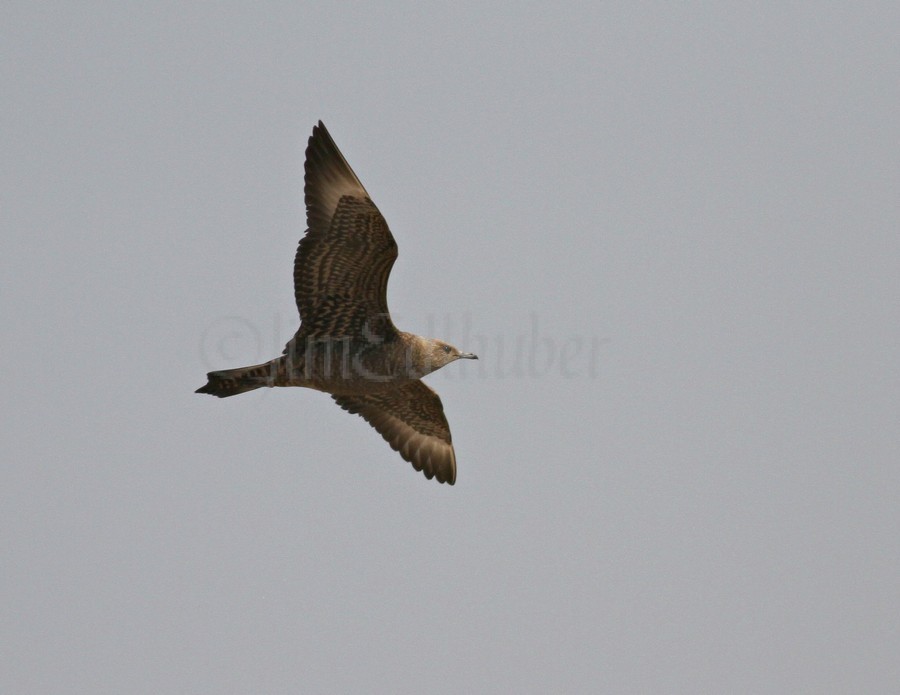
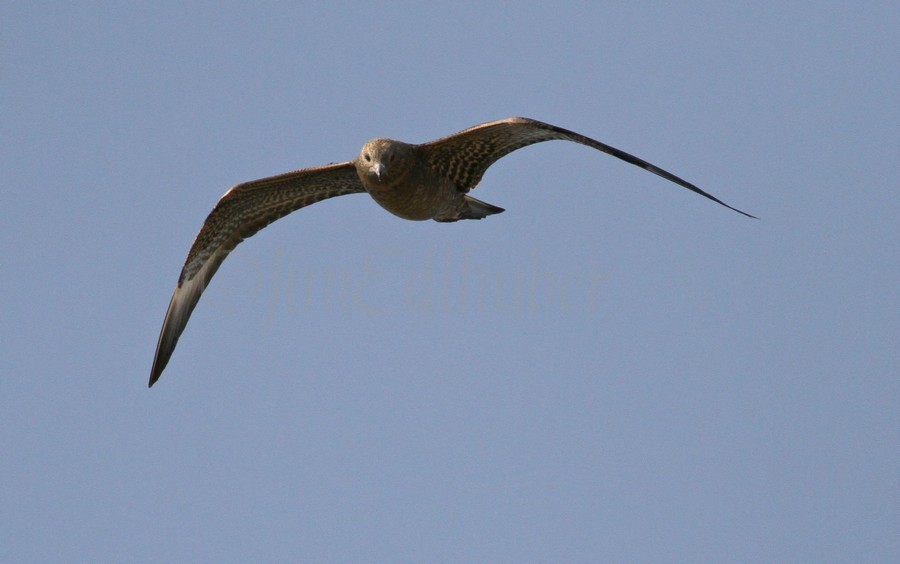
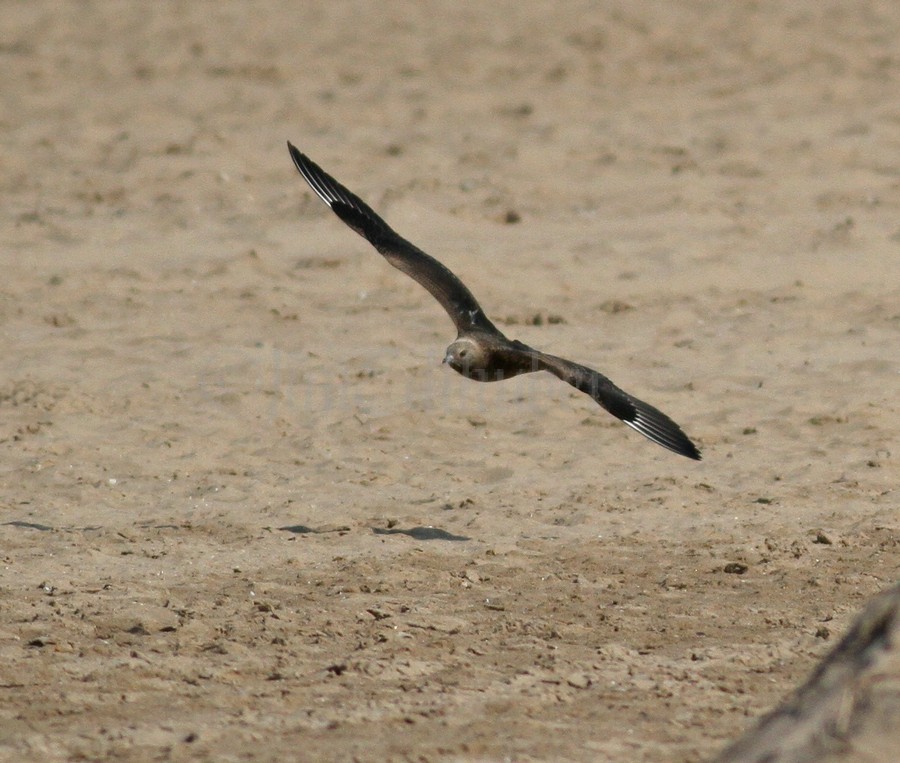
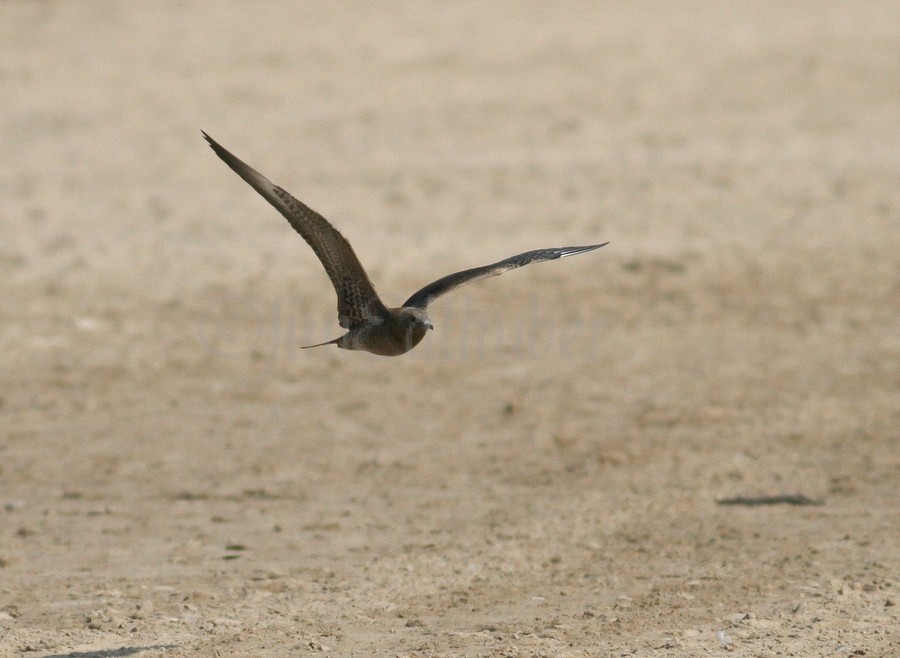
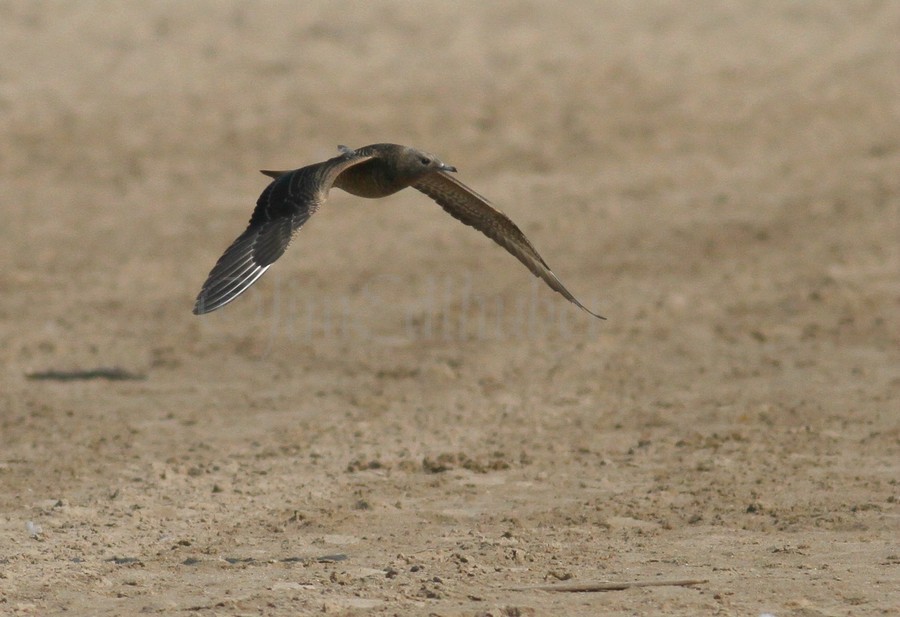
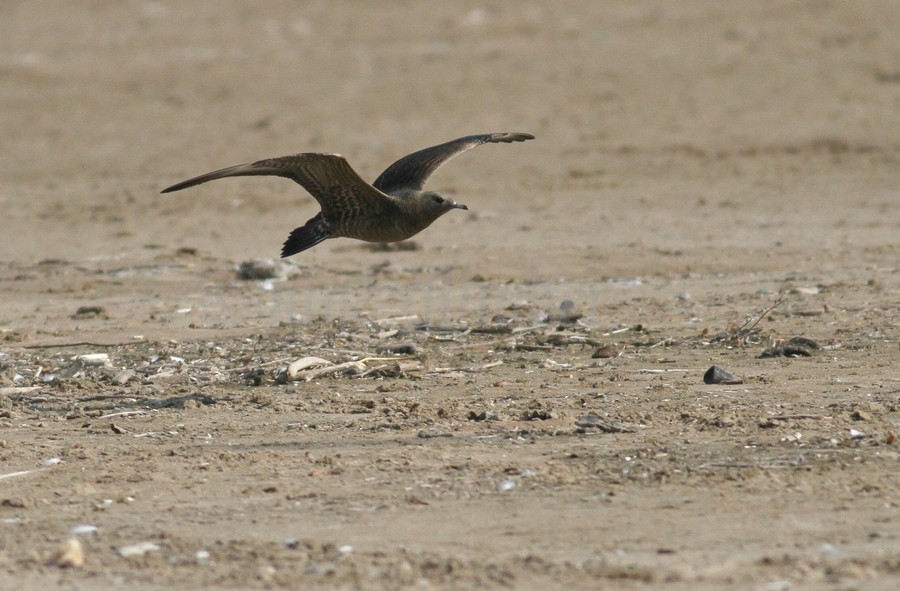
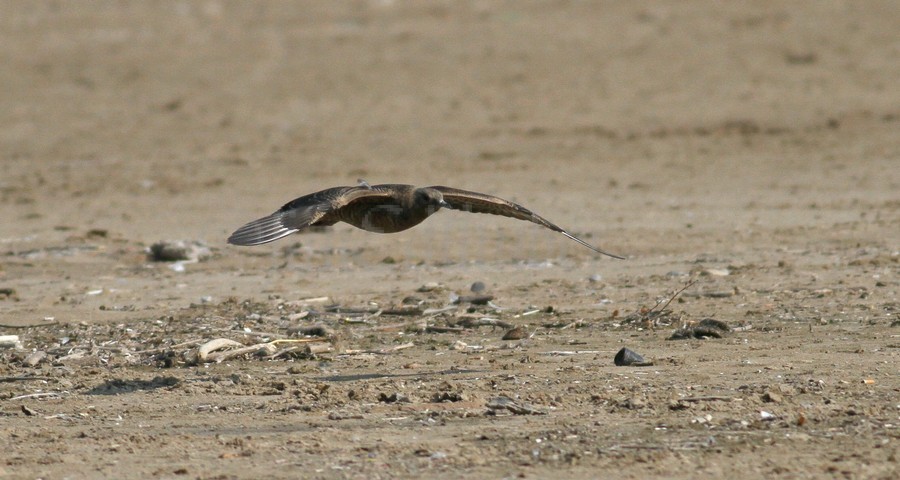
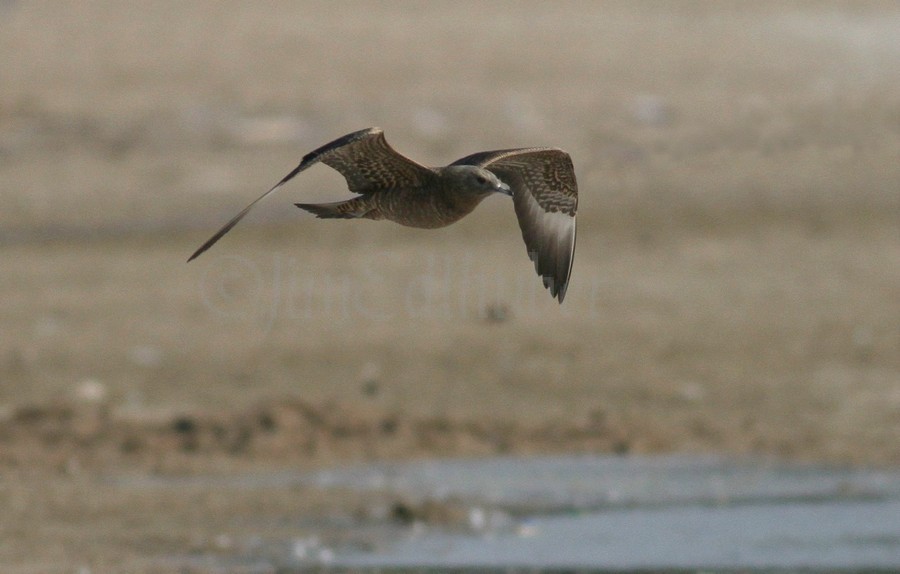
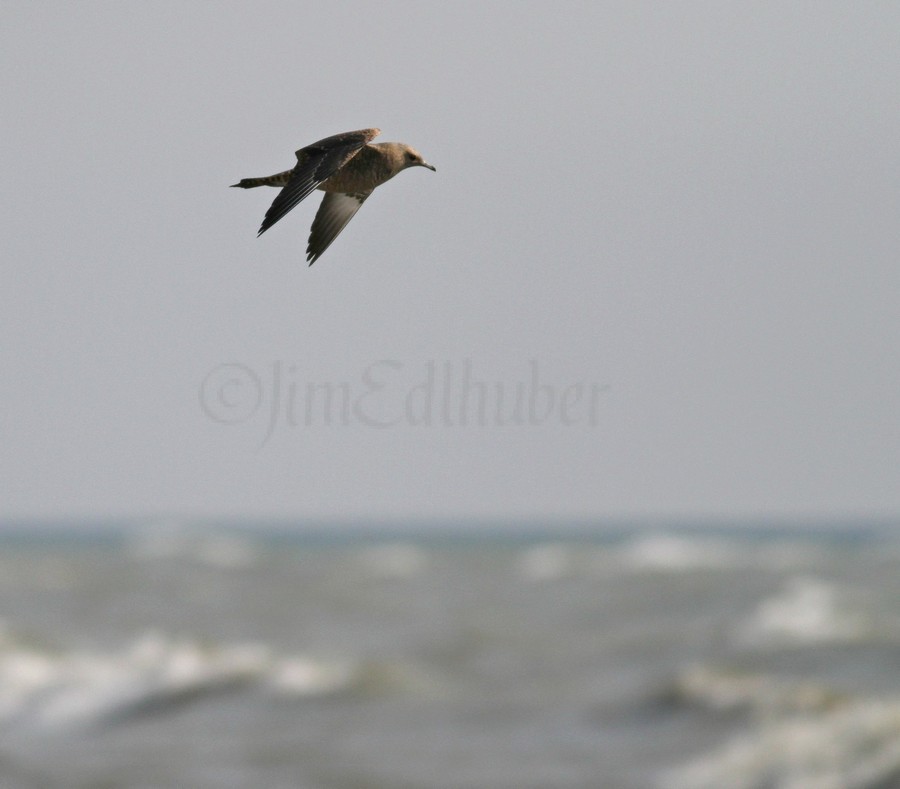
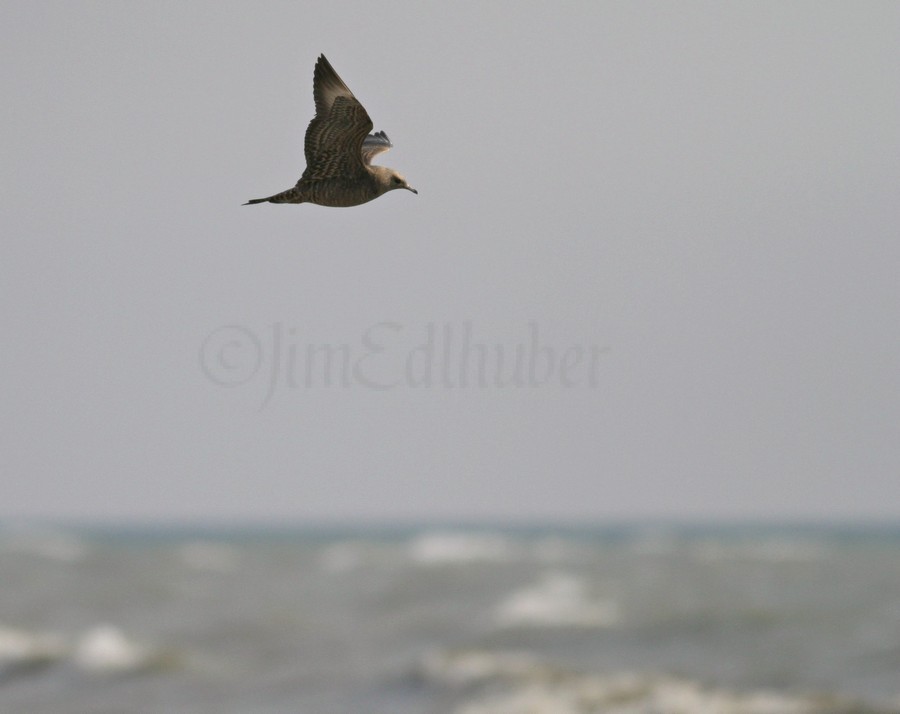
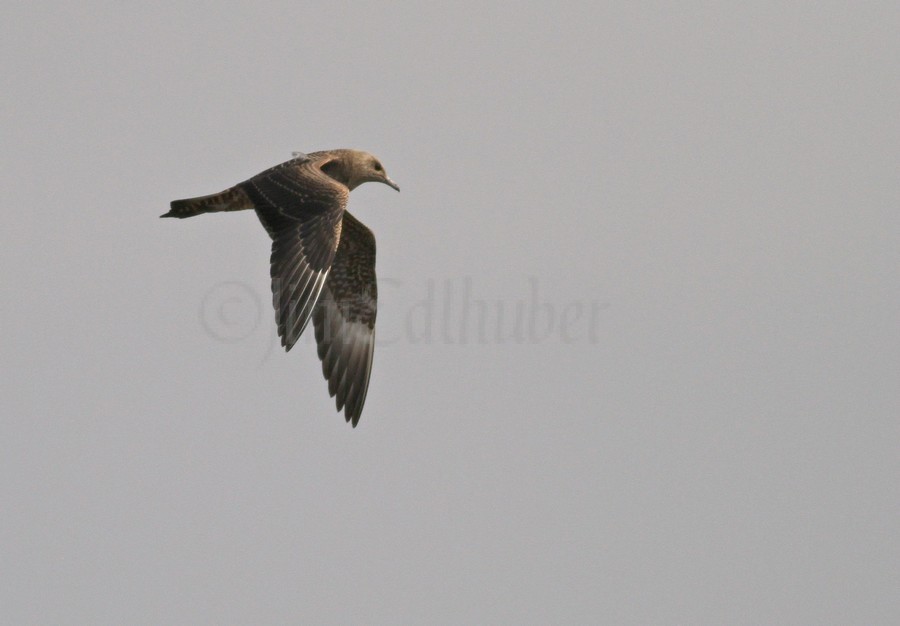
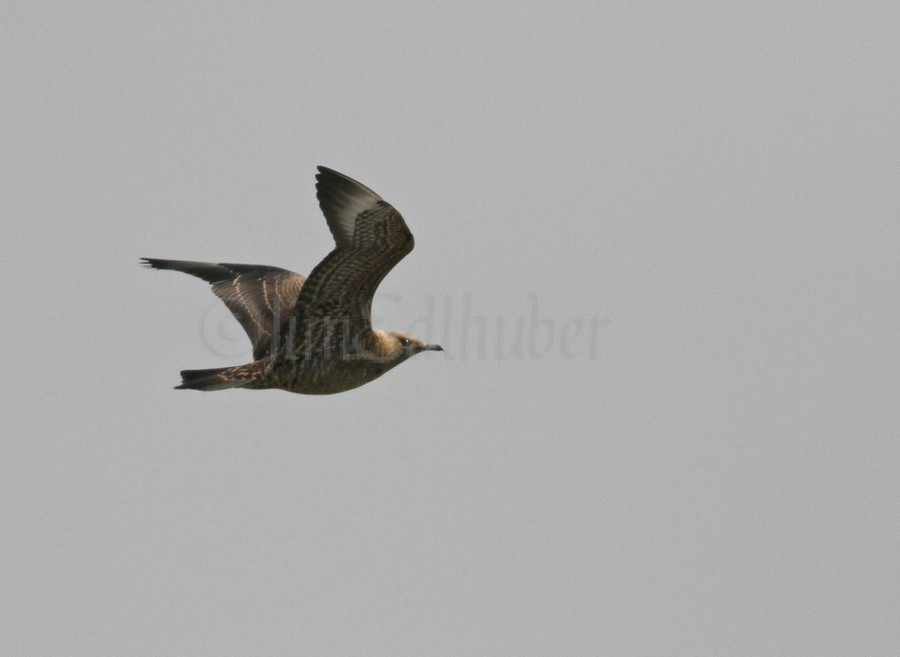
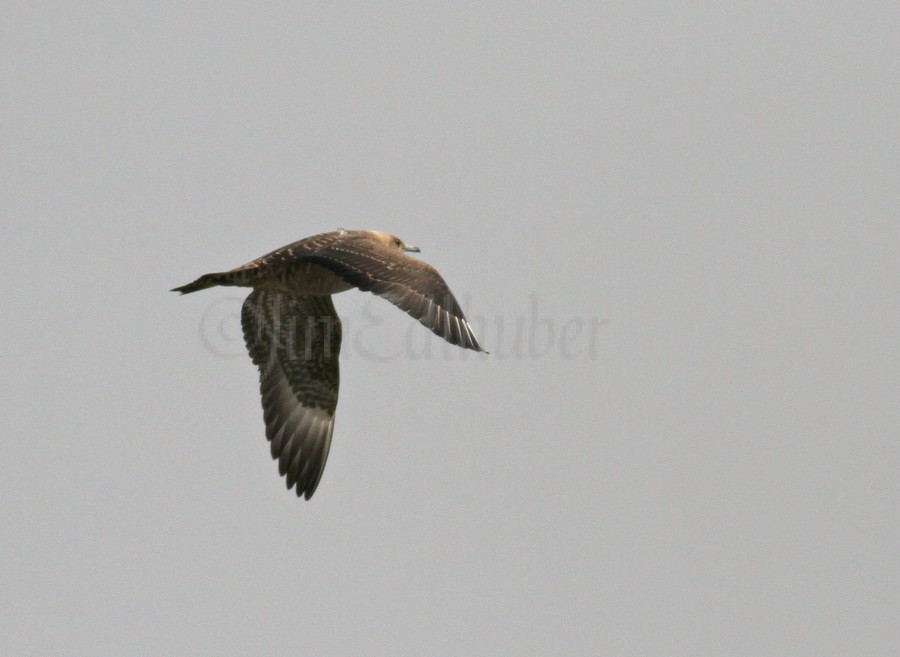
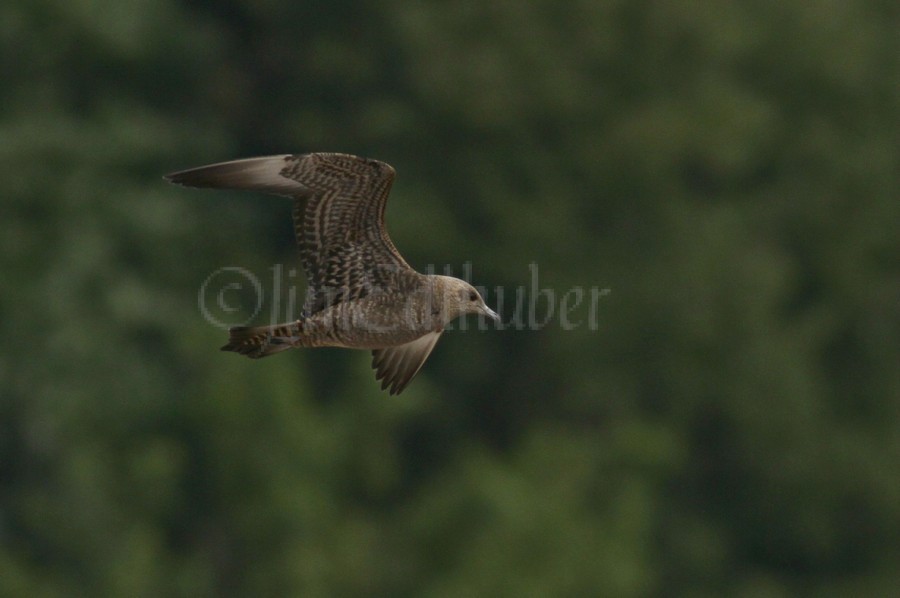
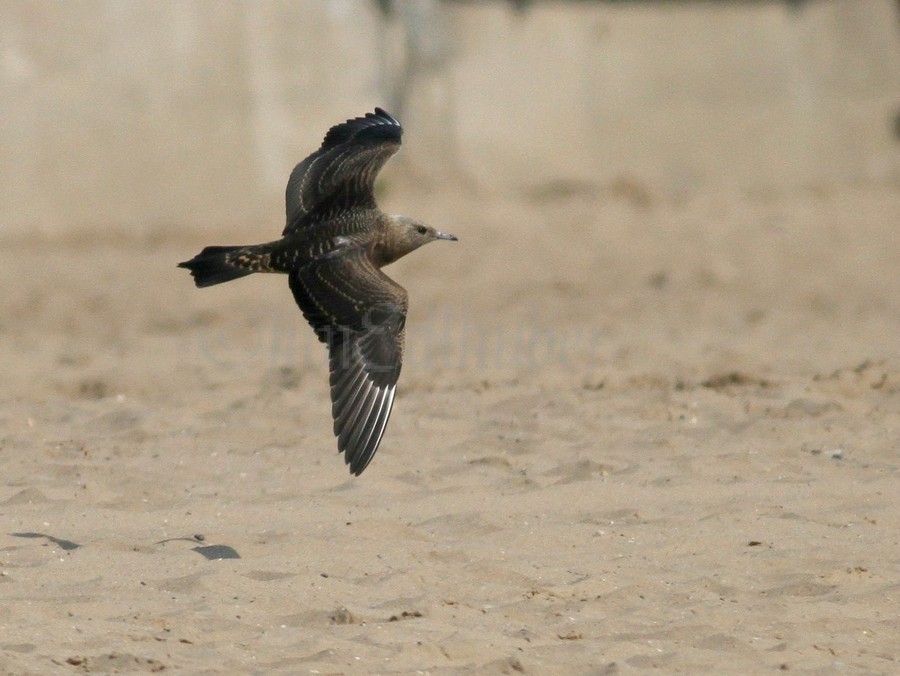
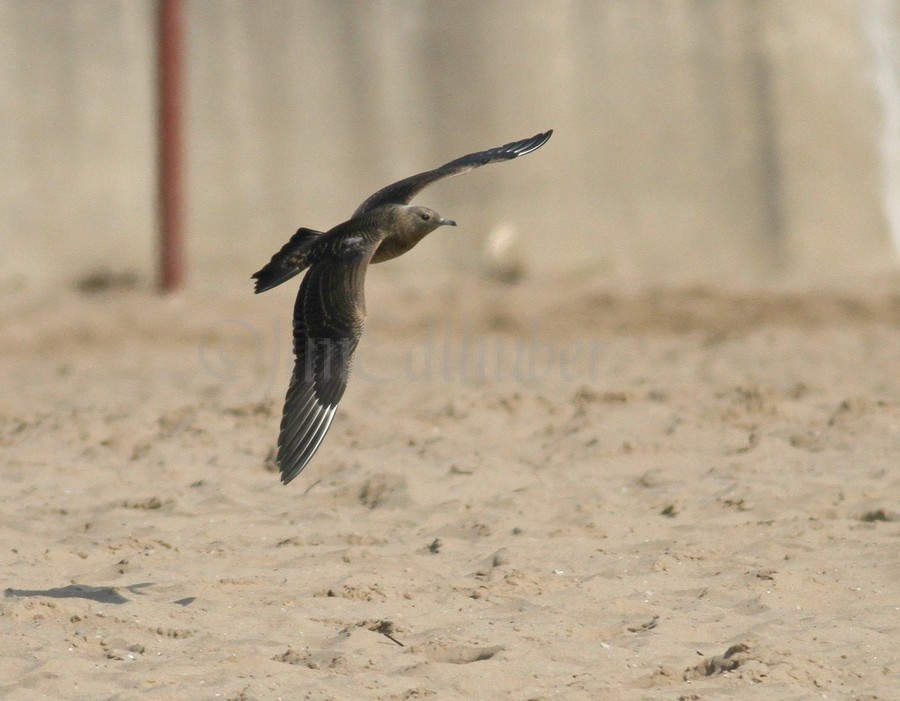
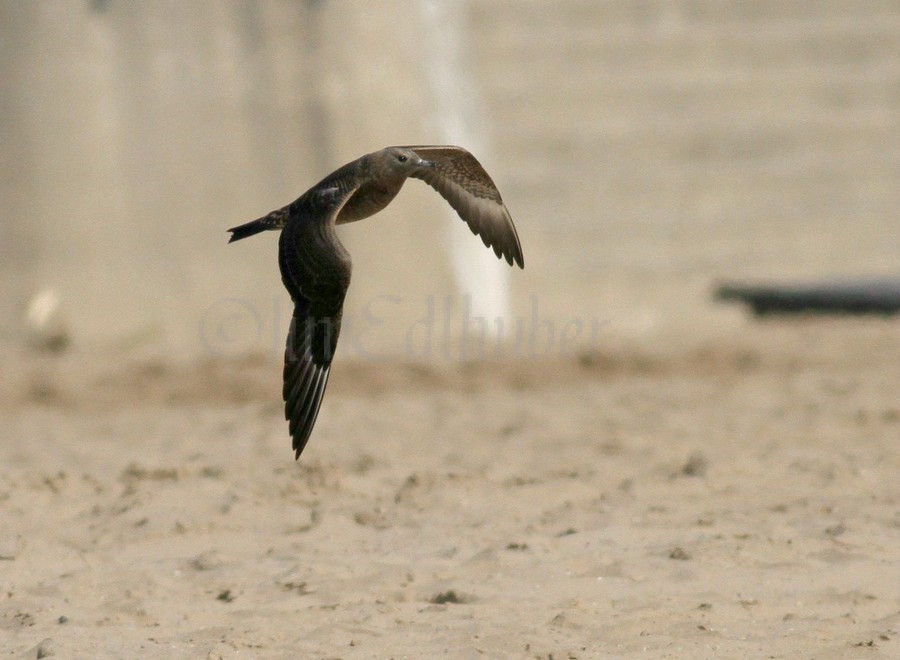
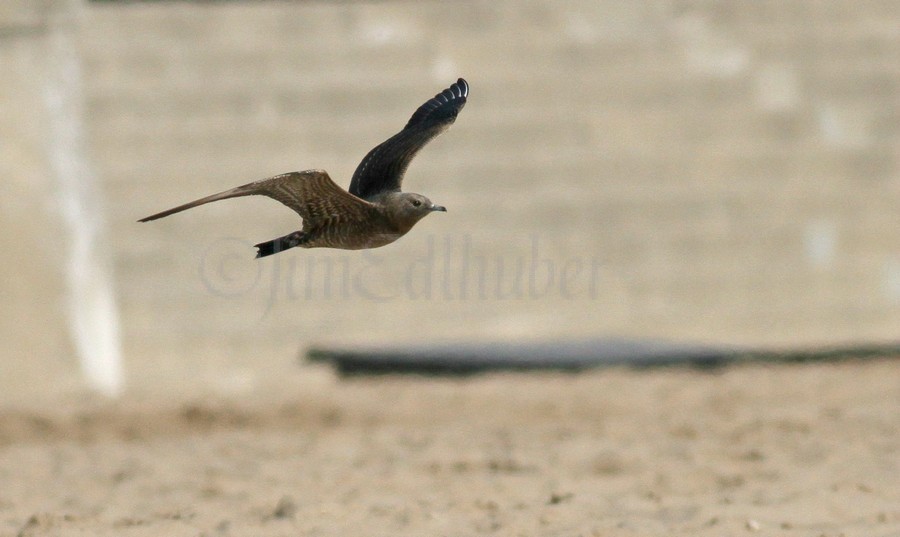
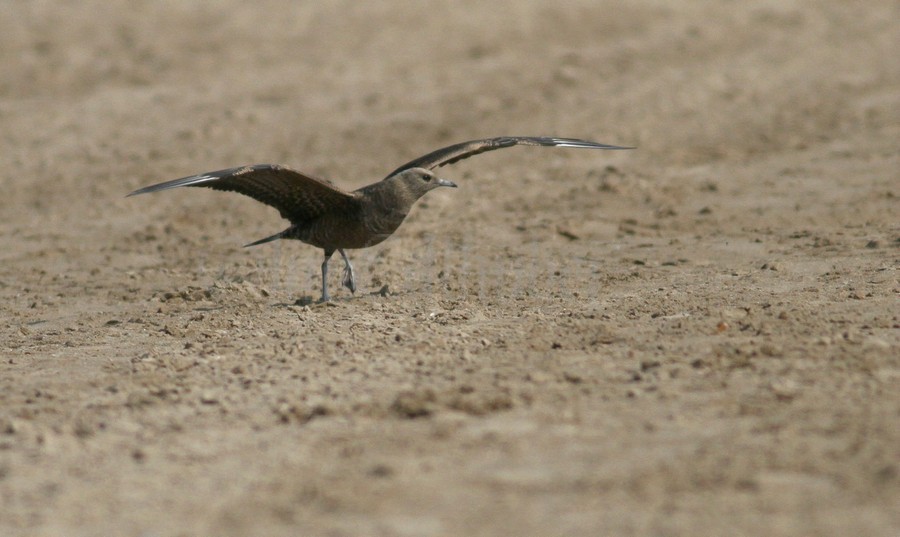
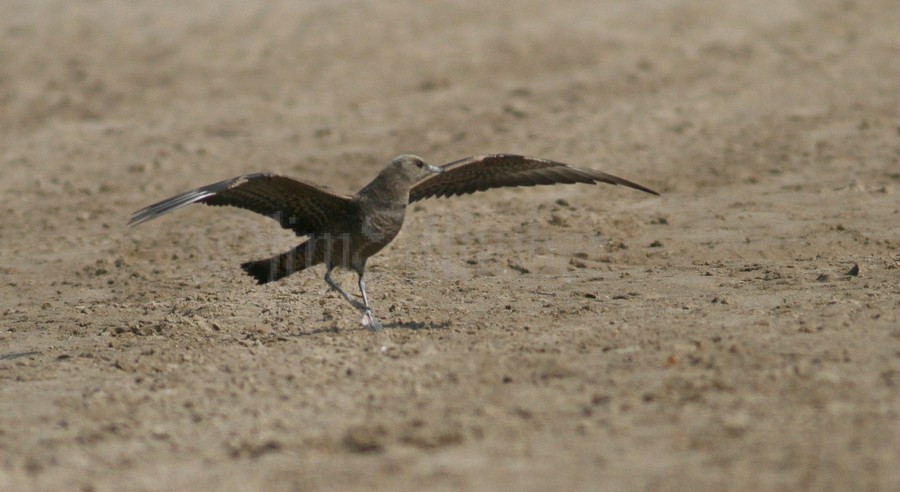
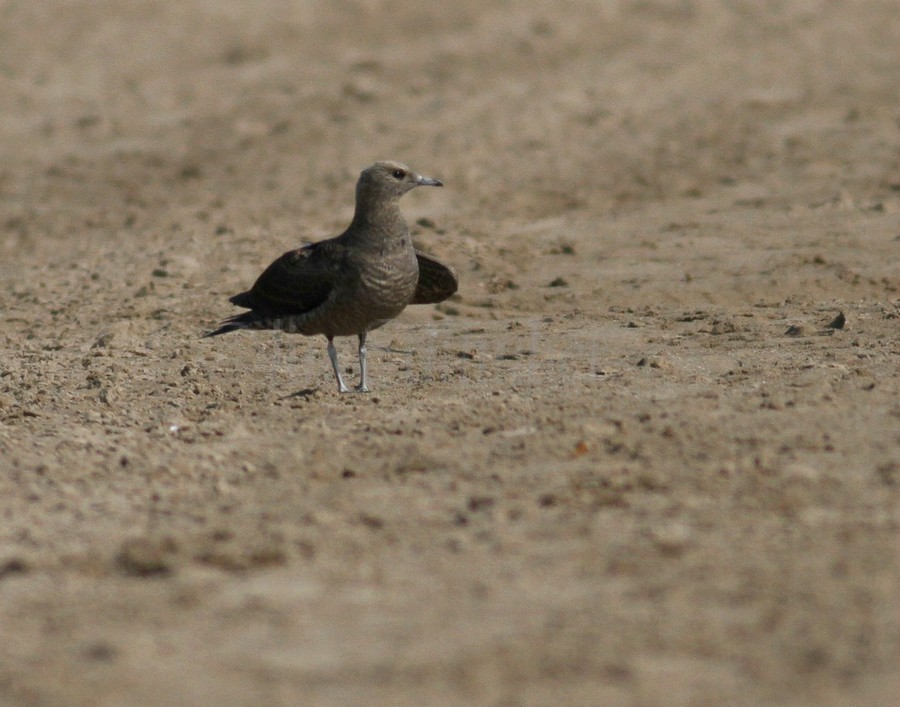
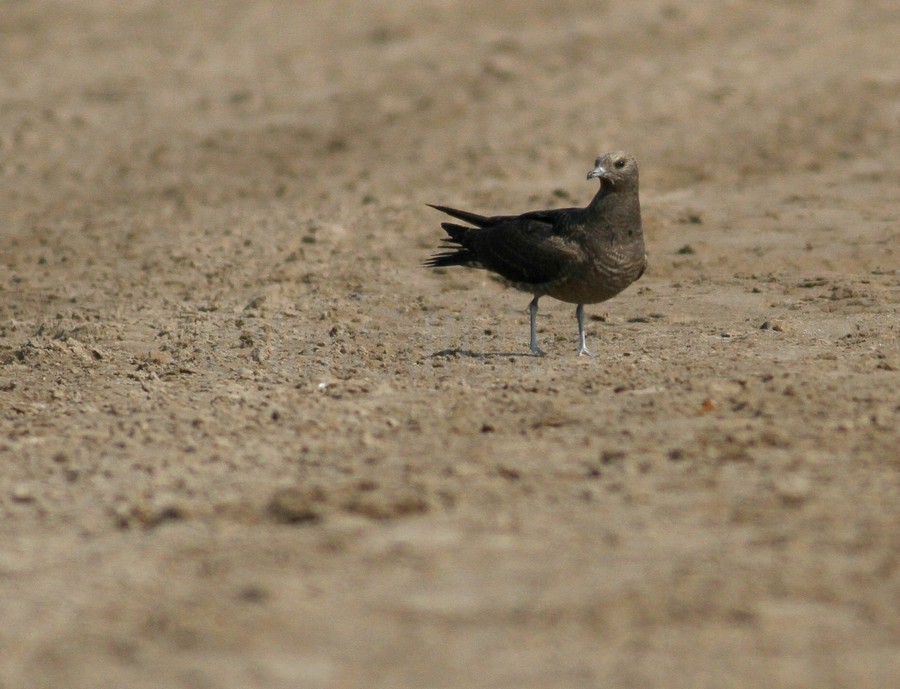
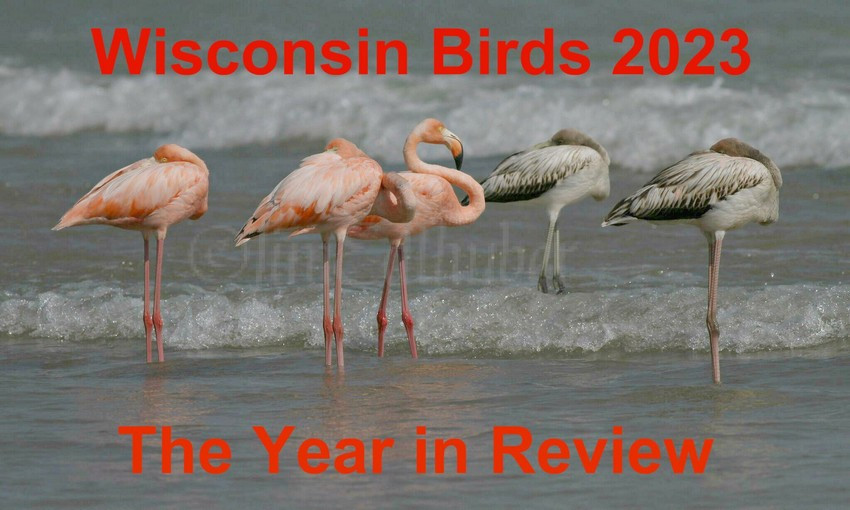
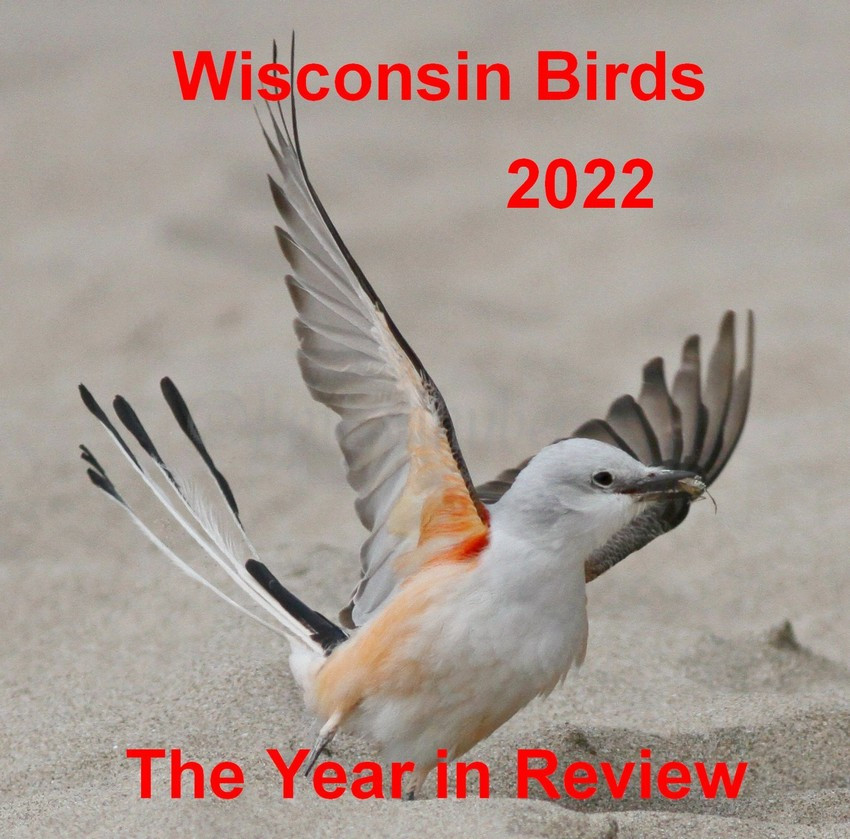
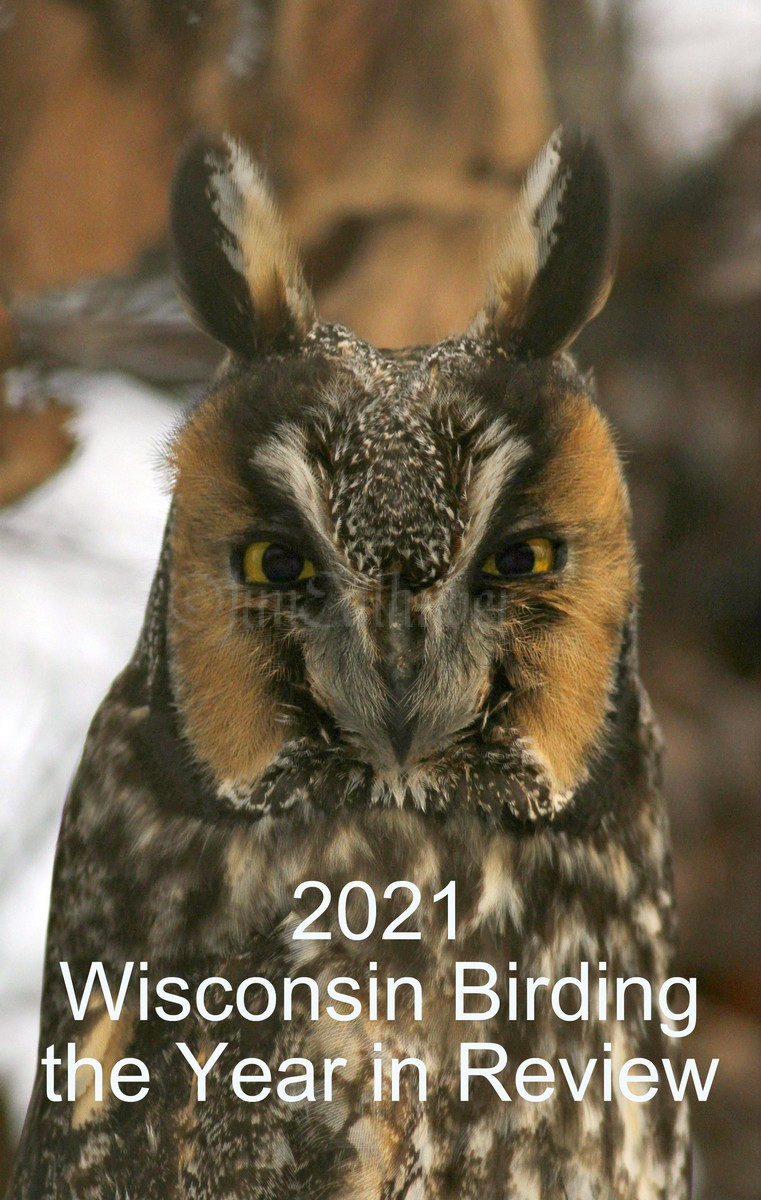








Absolutely amazing! While we are up in WI Point, sand in our eyes, sleep in our eyes and nothing in our scopes for hours…ta da! Jaeger on the beach, Jim! Bravo to you, Jim. The gods are in your favor. These are absolutely delicious shots of this bird! Thanks for showing us a REAL look! : )